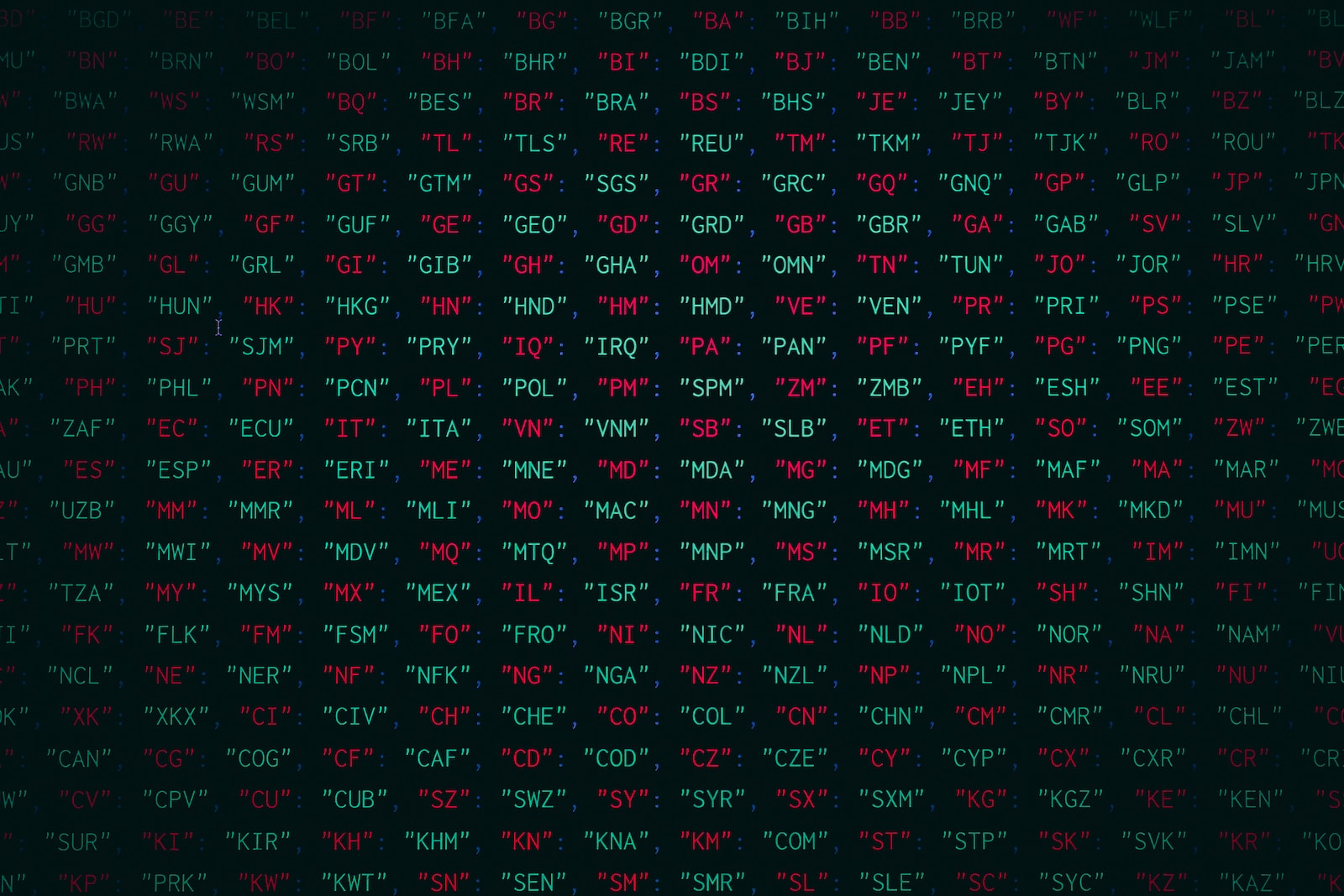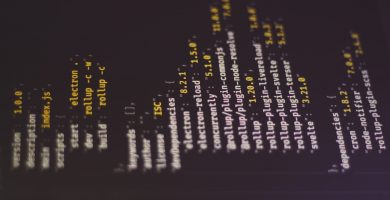
Crear json a Partir de otro json – Claris FileMaker
Esta función es para aquellos que desean simplificar y mejorar la legibilidad de datos en formato JSON. Al crear un nuevo JSON a partir de uno existente, podrás organizar la información de manera más clara y eficiente. Esto es esencial para desarrolladores y usuarios que buscan una representación más ordenada de los datos en sus aplicaciones y proyectos. Con esta función, podrás optimizar la estructura de tu JSON y asegurarte de que sea más fácil de entender y trabajar. Simplifica tu proceso de manipulación de datos con esta herramienta versátil.
Nombre : ParseaJsonFromJson
Parámetros: json
Ejemplo: ParseaJsonFromJson( json )
¡Dona Conviértete en héroe!
/*
Descripción: Esta función parsea o crea un JSON partiendo de otro JSON.
NOTA:
Formato de JSON que acepta es
{
"cliente": [
{
"_id": "6254348ea30cb38e0a7415dd",
"name": "Pepito Perez",
"entity": "562a40f4d7e22e6744836c77",
"DNI": "XXXXXXXB",
"creationDate": "2022-04-11T14:00:46.731Z",
"ccc": " XXXXXXXB"
},
{
"_id": "6254348ea30cb38e0a7415da",
"name": "Menganito Perez",
"entity": "562a40f4d7e22e6744836ce7",
"DNI": "XXXXXXXC",
"creationDate": "2023-12-11T14:00:46.731Z",
"ccc": " XXXXXXXC"
},
]
}
*/
Let ( [
_res = "OK";
~ts = While (
[
~dato = "";
~jsonNew = "" ;
~i = 0;
~e = 0;
~JSON = json;
~creationDate = "";
~amount = "";
~shortName = "";
~count = $numReg ;
~count2 = ""
];
~i < ~count ;
[
//cogemos el registro en el JSON segun su posición
~dato = JSONGetElement ( ~JSON ; "cliente["&~i&"]" );
//una vez que tenemos el registro, guardamos en variable
~creationDate = JSONGetElement ( ~dato ; ".creationDate" );
~amount = Round ( Substitute ( JSONGetElement ( ~dato ; ".amount" ) ; "." ; "," ) ; 2 );
~shortName = JSONGetElement ( ~dato ; ".shortName" );
~id = JSONGetElement ( ~dato ; "._id" );
~i = ~i + 1;
//cuando es la primera vuelta el $$JSON esta vacio entonces ~count2 sera 0, co lo cual va a entrar en el primer caso de abajo
//cuando $$JSON tiene contenido es decir a partir de la segunda vuelta, entra en el segundo caso y va creando registro segun la posición que le indiquemos en el count2
~count2 = ValueCount ( JSONListKeys ( $$JSON ; "" ) );
$$JSON =
Case (
PatternCount ( ~creationDate ; "?" ) > 0
or
PatternCount ( ~amount ; "?" ) > 0
or
PatternCount ( ~shortName ; "?" ) > 0
or
PatternCount ( ~id ; "?" ) > 0
; $$JSON ;
IsEmpty ( $$JSON ) ;
JSONSetElement ( "[]" ;
[ "["&~i-1&"].timeStamp" ; ~creationDate ; JSONString ] ;
[ "["&~i-1&"].amount" ; ~amount ; JSONString ] ;
[ "["&~i-1&"].shortName" ; ~shortName ; JSONString ] ;
[ "["&~i-1&"]._id" ; ~id ; JSONString ];
[ "["&~i-1&"]._index" ; "0" ; JSONString ]
);
JSONSetElement ( $$JSON ;
[ "["&~count2&"].timeStamp" ; ~creationDate ; JSONString ] ;
[ "["&~count2&"].amount" ; ~amount ; JSONString ] ;
[ "["&~count2&"].shortName" ; ~shortName ; JSONString ] ;
[ "["&~count2&"]._id" ; ~id ; JSONString ];
[ "["&~count2&"]._index" ; ~count2 ; JSONString ]
)
)
];
JSONFormatElements ( $$JSON )
)
¡Dona Conviértete en héroe!



